Stamped Concrete Design Solutions

Spring offers moderate temperatures ideal for stamped concrete application, reducing the risk of cracking.

Summer provides warm weather, but high temperatures can affect curing times and finish quality.

Fall's cooler temperatures and lower humidity create optimal conditions for durable stamped concrete installations.

Ways to make Stamped Concrete Service work in tight or awkward layouts.

Popular materials for Stamped Concrete Service and why they hold up over time.

Simple add-ons that improve Stamped Concrete Service without blowing the budget.

High-end options that actually feel worth it for Stamped Concrete Service.
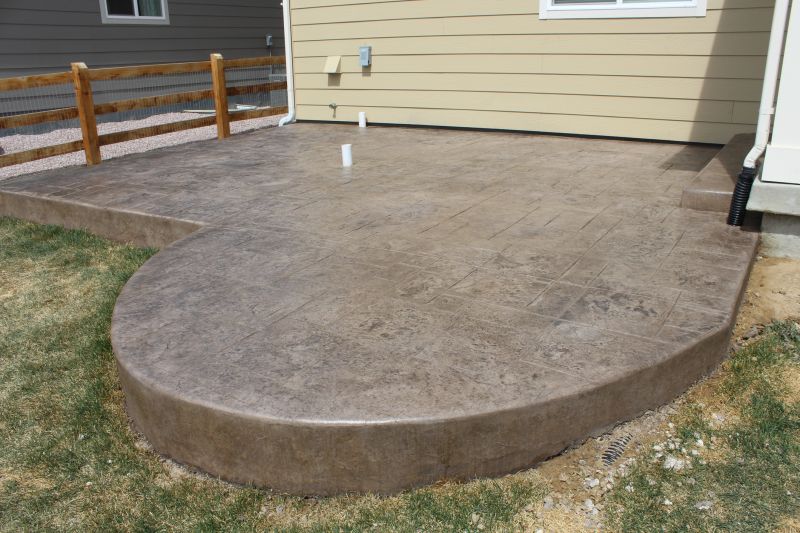
Finishes and colors that play nicely with Stamped Concrete Service.
Stamped concrete service involves the application of decorative patterns and textures to concrete surfaces, enhancing aesthetics and durability. This process is popular for driveways, patios, and walkways, offering a versatile alternative to traditional paving options. The method involves pouring concrete, then impressing molds or stamps to create intricate designs. Proper timing during installation ensures the concrete sets correctly, preventing issues such as cracking or uneven surfaces.
Statistics indicate that stamped concrete can last over 25 years with proper maintenance. Its cost-effectiveness, combined with aesthetic appeal, makes it a preferred choice for residential and commercial projects. The best time for scheduling stamped concrete service typically aligns with moderate weather conditions, avoiding extreme heat or cold, which can compromise the curing process and final appearance.
Optimal temperatures for stamped concrete installation are between 50 and 85 degrees Fahrenheit.
Avoid scheduling during rainy or extremely hot days to ensure proper curing and finish quality.
Allow sufficient time for surface preparation and curing based on seasonal weather conditions.
Properly timed installations contribute to the longevity and appearance of stamped concrete surfaces.

A decorative pattern imprinted into fresh concrete for aesthetic appeal.

Adding color to enhance the visual effect of stamped concrete surfaces.
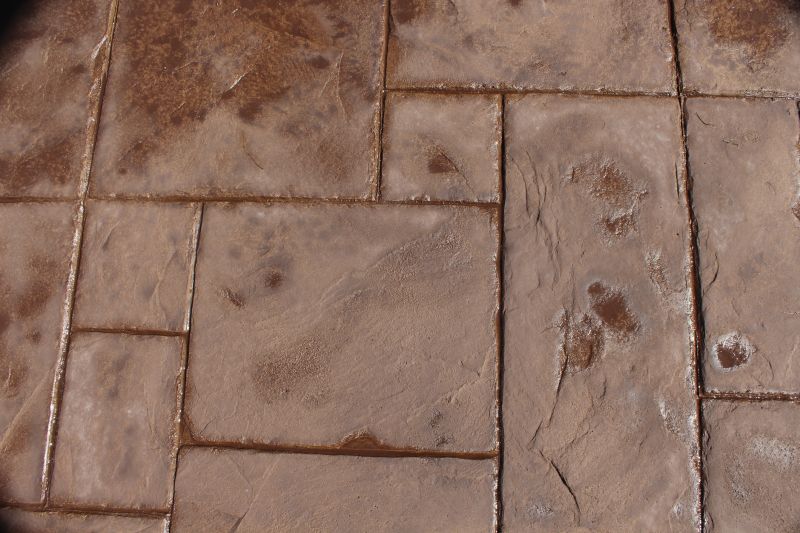
Surface texture that mimics natural stone, brick, or slate.
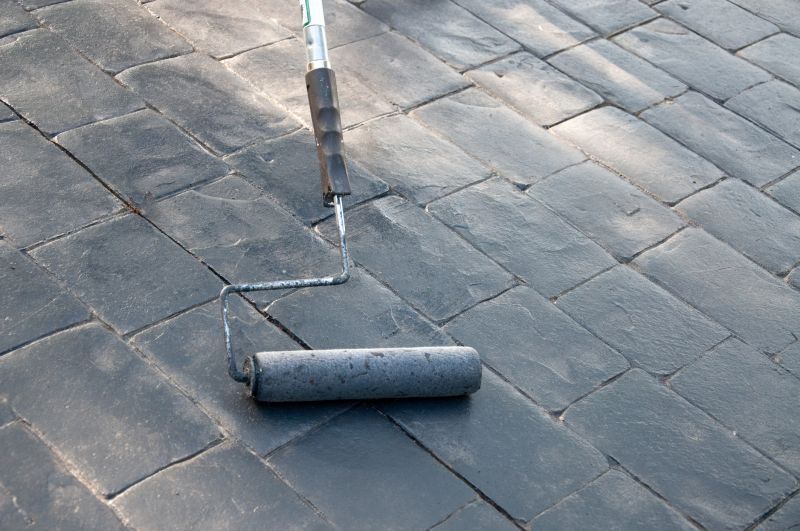
Protective sealant applied to extend durability and maintain appearance.
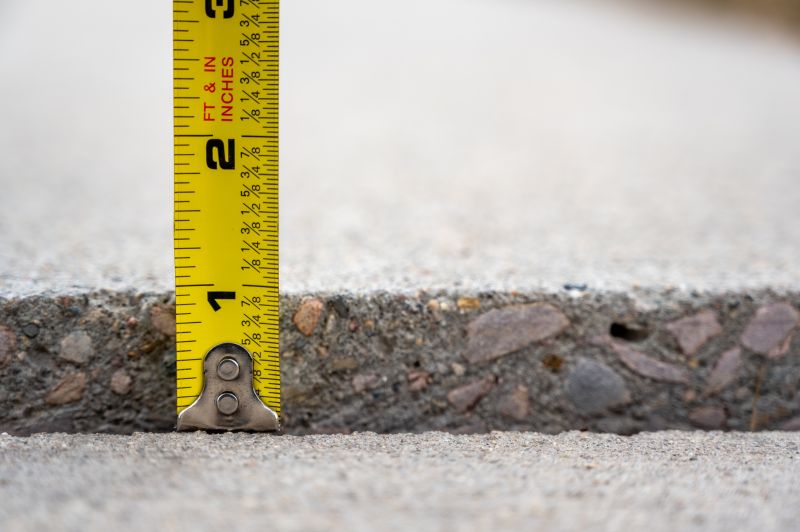
Little measurements that prevent headaches on Stamped Concrete Service day.
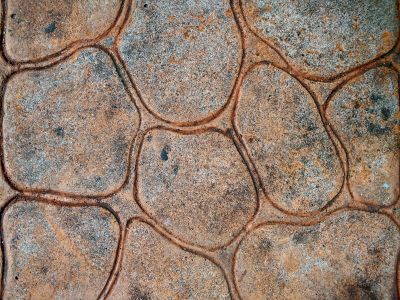
A 60-second routine that keeps Stamped Concrete Service looking new.

A frequent mistake in Stamped Concrete Service and how to dodge it.
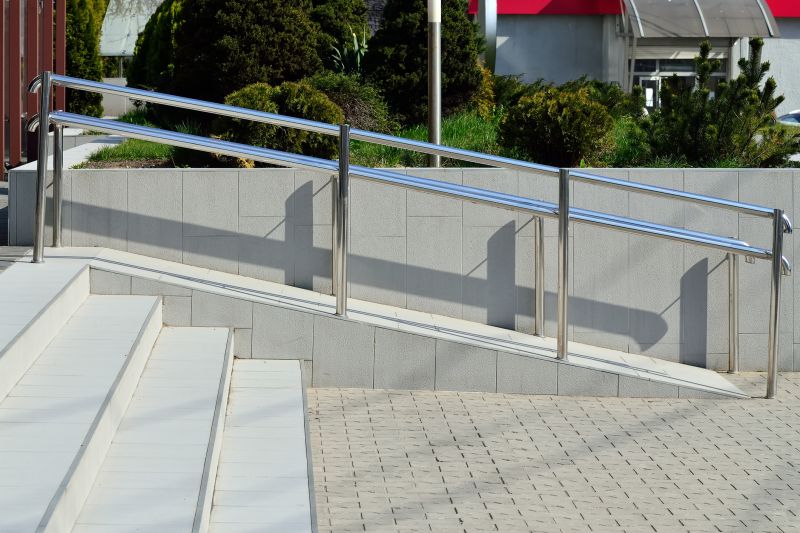
Small tweaks to make Stamped Concrete Service safer and easier to use.
| Season | Best Conditions |
|---|---|
| Spring | Moderate temperatures, low humidity |
| Summer | Warm weather, avoid peak heat hours |
| Fall | Cooler temperatures, dry conditions |
| Winter | Not recommended due to freezing temperatures |
| Late Spring | Ideal for early season projects |
Choosing the right time for stamped concrete service ensures optimal results and longevity. Installing during periods of stable, moderate weather minimizes the risk of cracking and ensures proper curing. Proper timing also allows for better control over the finishing process, resulting in a more uniform and aesthetically pleasing surface.

Showcasing a durable and decorative surface.
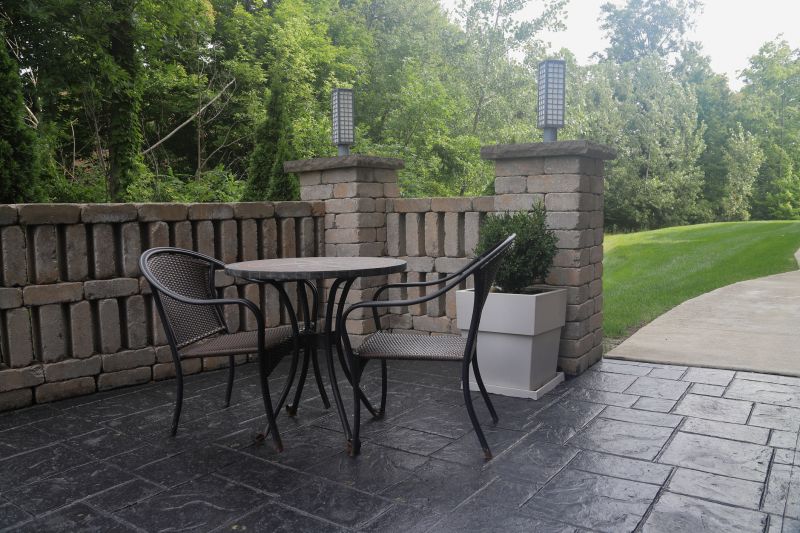
Enhances outdoor living spaces with vibrant hues.
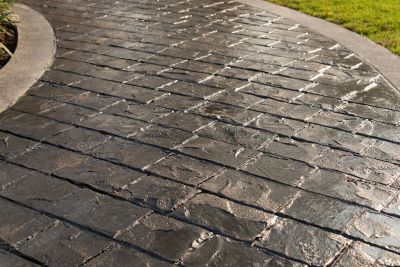
Provides a functional yet attractive pathway.
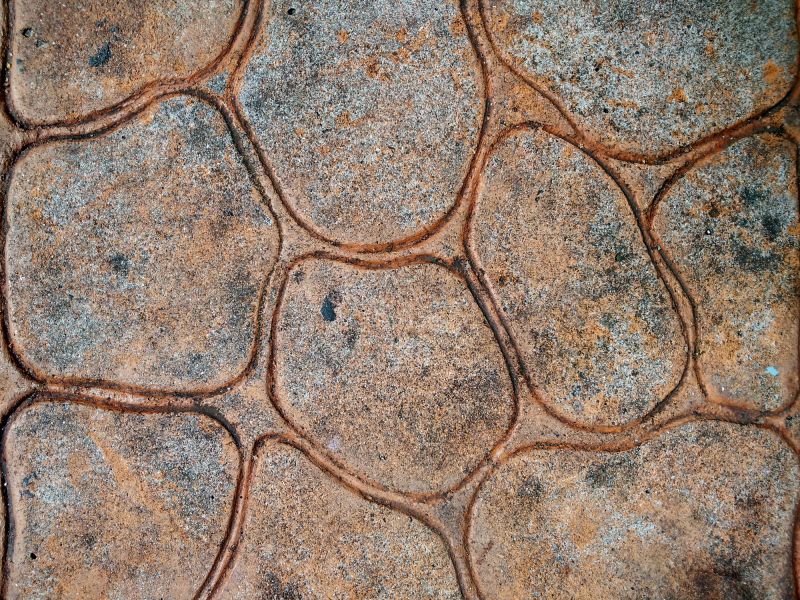
Protection against wear and weather.
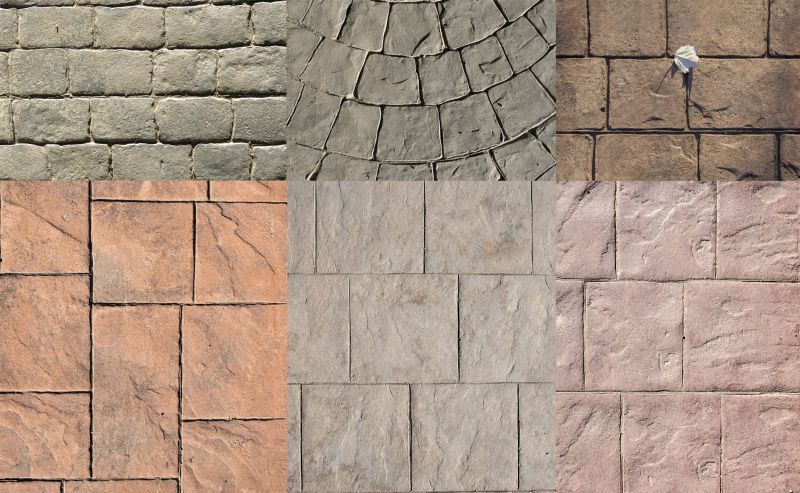
Lower-waste or water-saving choices for Stamped Concrete Service.
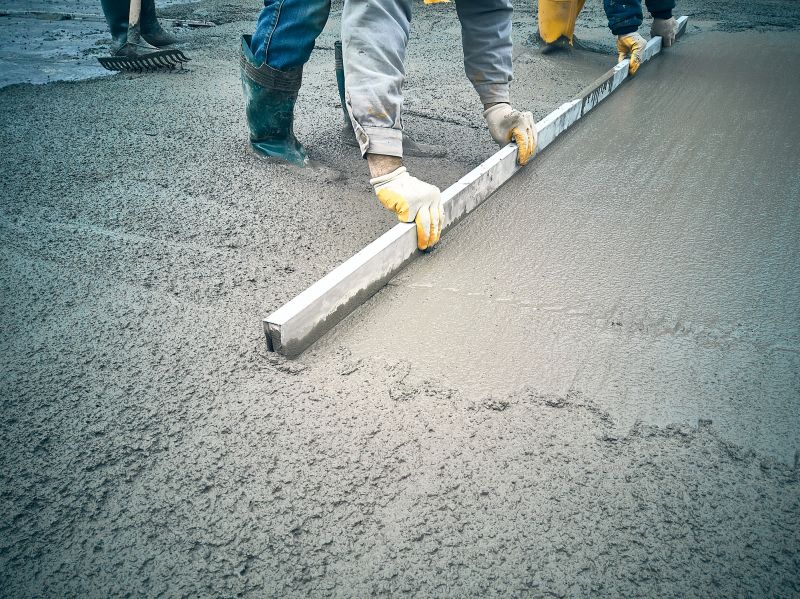
The short, realistic tool list for quality Stamped Concrete Service.

Rough timing from prep to clean-up for Stamped Concrete Service.
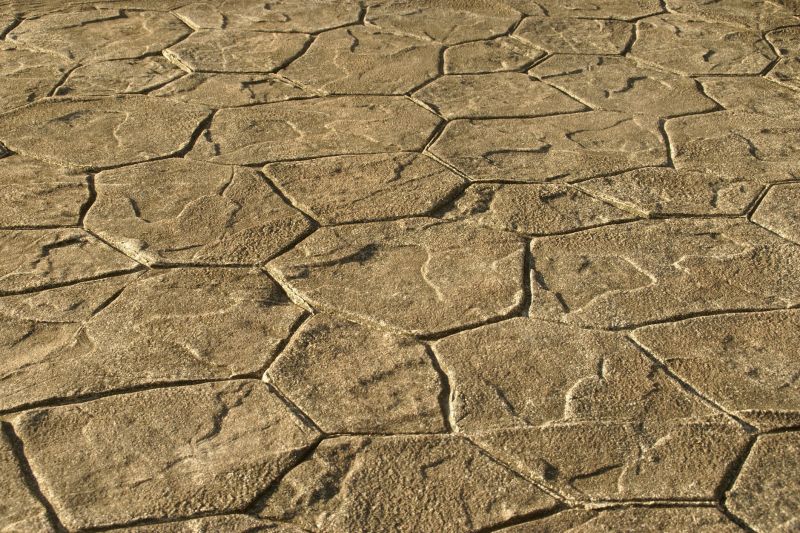
Quick checks and paperwork to keep after Stamped Concrete Service.
Interested parties are encouraged to contact for more information about scheduling stamped concrete services. Proper timing and preparation can significantly impact the durability and appearance of the finished surface, making it a worthwhile consideration for any decorative concrete project.
